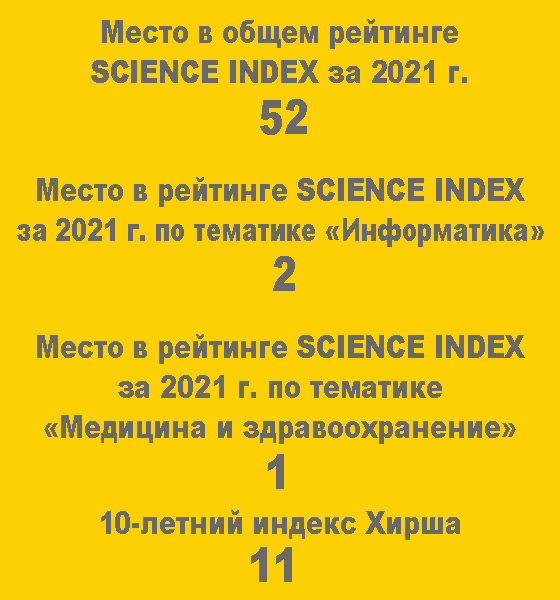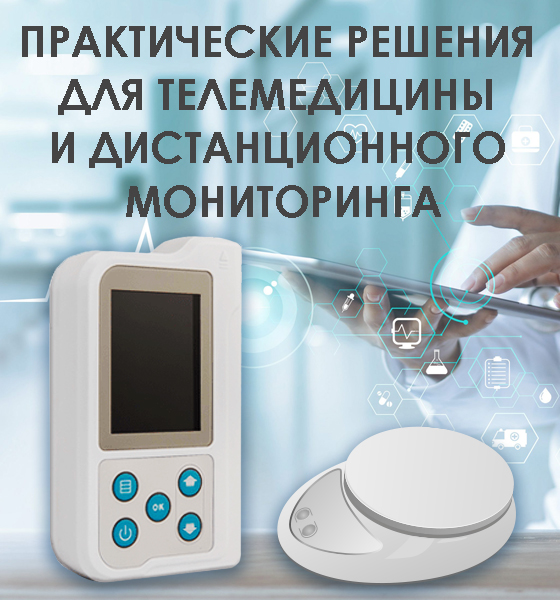Application of telemedical technologies in neurology – a historical aspect DOI: 10.29188/2542-2413-2020-6-3-24-30
- Vladzymyrskyy A.V. – Doctor of Medical Sciences, Deputy Director for Research, GBUZ «Scientific and Practical Clinical Center for Diagnostics and Telemedicine Technologies of the Moscow Department of Health», 125124, ul. Raskovoi, 16/26 bld. 1 Moscow, Russia, https://orcid.org/0000-0002-2990-7736
 2500
2500 Introduction. In the middle of the twentieth century, biotelemetry technologies were actively used in neurology, in the form of remote transmission and interpretation of an electroencephalogram (tele-EEG) for solving scientific and practical problems. Previously, this aspect of the development of clinical neurology has not been studied sufficiently.
Materials and methods. The period of 1940-1980 was chosen for study. The relevant papers were identified thought electronic database (eLibrary ru, Pubmed). There are 28 papers are included in review.
Results. In a global prospect, tele-EEG concepts, methods and technologies have evolved in parallel. The main contribution of the USSR is the development of methodology and technological solutions for tele-EEG, also as its application for solving scientific problems of sports and occupational medicine. The most significant are the works of the Sverdlovsk biotelemetric group. The main contribution of the USA is the development of computational tele-EEG and applications for scientific solutions in clinical neurology and psychiatry. Also, in the United States, tele-EEG was first limitedly used to solve personnel problems. The main contribution of European countries is in the formation of in-hospital and outpatient tele-EEG systems, their application for solving scientific problems of clinical neurology.
Conclusion. In the middle of the twentieth century, the intensive development of telemetric electroencephalography (tele-EEG) led to the formation of a new direction in clinical telemedicine – teleneurology. Distant fixation of the brain electrical activity carried out both for the purpose of neurophysiology study and for solving clinical problems. General methodological issues and neurophysiological results of the tele-EEG highlighted in papers published in 1974-1977 by scientists from the USSR, USA, Hungary, Germany, Canada, the Netherlands, France. From the clinical point of view, the main contribution of tele-EEG is the study of the pathophysiology and innovative diagnosis of seizure syndrome and epilepsy.
| Attachment | Size |
|---|---|
| Download | 275.36 KB |


















































